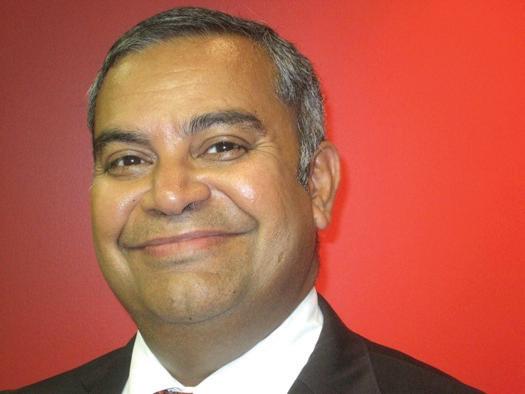
2 minute read
True colours
from 2010-07 Sydney (2)
by Indian Link
The race is on. The duel between Labor’s Julia Gillard and the Coalition’s Tony Abbot has begun. It promises to be a fascinating battle between the two sides of politics, though there is apparently little gap between the styles of the two pugilistic contenders for the keys to the Lodge.
As a country, one of the big questions will be our readiness to accept a female Prime Minister. Australia has a female Governor General, but it is an appointed position and though Gillard is Australia’s first female Prime Minister, her elevation to the top job came from the fateful night of the long knives as she ousted Kevin Rudd from his elected post. Now, as a leader of Australia’s main political party, she is seeking public mandate for the top job. Even the United States’ Democrats hesitated in elevating Hillary Clinton to the top job over Barrack Obama at their last election.
Though Gillard has publicly asked to be judged for how she does her job rather than how she got it, the electorate have been given little time to judge her leadership qualities. As deputy leader to former Prime Minister Rudd, her handling of a number of issues during that part of her political reign - the Building Education Revolution, the roll out of laptops for school children etc - were not the best example of an efficient Minister. Her further involvement in the running of the country as right hand person to Rudd on the emissions trading scheme, the mining tax issue and the home insulation project also did not portray the
BY PAWAN LUTHRA
side of an effective leader. Not giving the public a better look at her operational style now as Prime Minister, and calling a poll within 24 days of taking over the top job, also reeks of indecent haste. To give the electorate a better understanding of her leadership skills, perhaps Gillard should have waited a while longer before calling the elections.
From an Indian community viewpoint, Gillard in her role as the education minister totally mishandled the international students’ situation which has affected a large number of Indian students in Australia. Rather than try to work through the problems in her role as education minister, draconian changes to the law have radically disadvantaged thousands of Indian students. The education industry was earning the Australian government an estimated $15 billion. Now, if even only 0.1% of these earnings (i.e. $15 million) were allocated towards “cleaning up” the industry by establishing an ombudsman and ensuring correct procedures were implemented and followed, it might have got us better results. However, the Labor Party and Gillard did not do so. Rather they took an easy option which has destroyed the dreams of thousands of international students and their families.
On another matter, where the Indian community in Australia has strong reservations against the Labor Party, is their refusal to sell uranium to India. For its growing energy needs, India’s demand for clean nuclear energy is clear; yet Australia with its rich resources of uranium to fuel these energy power stations, is stuck on an antiquated policy of nuclear nonproliferation. This is the same Australian government which readily supplies uranium to countries whose involvement in proliferating nuclear know-how to countries such as Pakistan and Iran are well known. Labor has certainly been no friend of India or Indian-origin voters in Australia.
With 21 August looming closer, it is time for our community to put these questions to our political candidates. Let them show their true colours.








